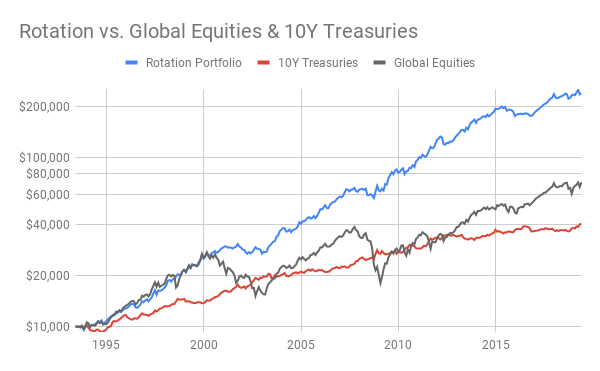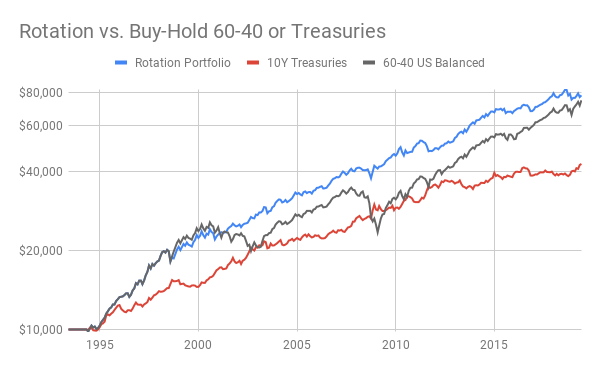Major changes are underway for this site:
- Some content has been or will be migrated to my new site, likelyso.com. The theme of the new site is "Your Health, Your Money. Worthy questions. Likely answers."
- All new posts appear at likelyso.com/blog. A few of the posts listed below may be updated and migrated to the new site, but most will be archived.
- Some pages, calculators, and historical posts have been or soon will be deleted permanently.




 RSS Feed
RSS Feed